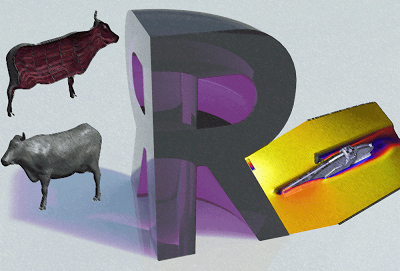An interesting post by Daniel Burrus on LinkedIn has been doing the social media rounds. Some quotes:
Every profession has both a science and an art. The science can be taught, and people can be equally good at the science of any profession. The key to differentiate yourself in your profession is to develop the art side, not just the science side.
…
The same is true with any profession, whether you are in sales, IT, customer service, or even medicine. After all, if healing was only a science, it wouldn’t matter who your doctor was. But you and I both know it does matter who your doctor is, and it’s not because of the science; it’s because of the art. It’s about what the individual brings to their medical practice—their uniqueness, their problem-solving ability, their diagnostic capabilities, and their way of solving problems in real time when they’re working on you.
Obviously, this principle holds true for Revit. Just knowing how the tools work and where to find them in the Ribbon does not mean that you know the Art of Revit. The Art of Revit involves:
- Understanding What Revit Wants.
- Being able to analyze 5 different ways of doing things, and being able to choose the best one.
- Solving problems by thinking through the process, not just by asking someone.
- Finding completely new ways to solve old problems.
- Knowing how to break the rules, and knowing when the rules should be broken.
Of course, the Art of Revit also involves being able to do cool things like Marcello and David…
Heads-up via this tweet from Aaron:
The article everyone in AEC should read before suggesting software as an answer to anything:linkedin.com/today/post/art…
— Aaron Maller (@Twiceroadsfool) February 4, 2013
Led me to this page:
There Is a Science and an Art to Every Profession | LinkedIn

